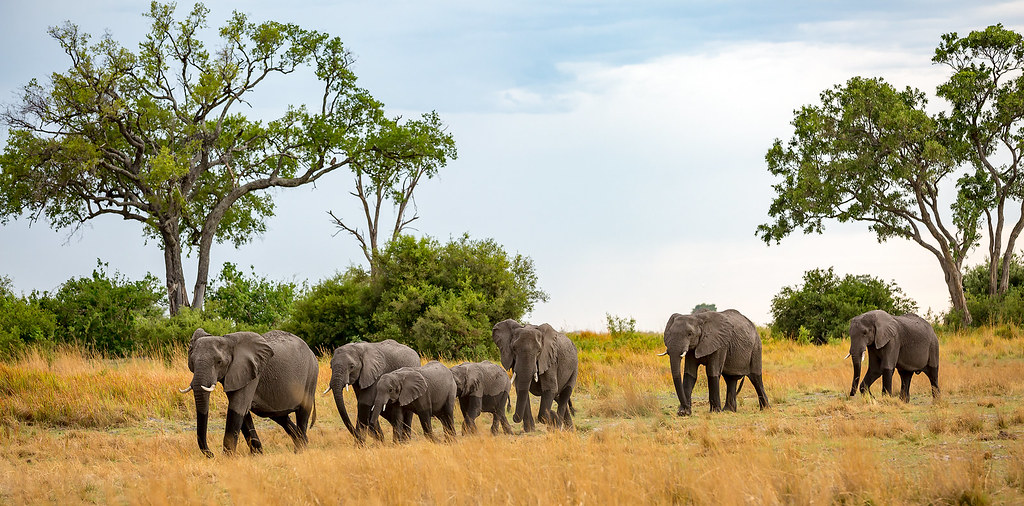
How to Plan a Safari in East Africa: Creating the Ideal Wildlife, Chimpanzee, and Gorilla Expedition
How to Plan a Safari in East Africa: Creating the Ideal Wildlife, Chimpanzee, and Gorilla Expedition
A Guide to Planning a Safari in East Africa — A seamless and enchanting experience is guaranteed by meticulous preparation when embarking on an East African safari. Making critical decisions can be difficult, even with the assistance of a trustworthy tour agent. Selecting a destination, determining the duration of the trip, packing essentials, and allocating a budget for your excursion are all critical factors to consider in order to streamline the process. This guide will explore the initial stages and provide a comprehensive overview of the process of planning an ideal African safari.
The anticipation of exploration and discovery is inherent in the process of planning any journey, which is exhilarating. The selection of a few destinations may be a daunting undertaking due to the vast array of incredible places and activities in Africa. Although it is common for first-time safari-goers to deliberate and change their minds repeatedly, this guide is designed to simplify the process and provide valuable insights on how to plan an exceptional African safari, even on a limited budget.
Choosing Safari Destinations in East Africa
Selecting the appropriate safari destination or destinations is essential for a memorable experience. Covering numerous locations becomes feasible for those who are fortunate enough to have an abundance of time and a generous budget. Nevertheless, the majority of travelers have a restricted amount of time, typically 14 days or a maximum of three weeks, which requires meticulous planning.
Although some individuals may already have a particular African country or region in mind, others are still pondering this fundamental decision. Despite the common misconception that Africa is a single country, it is actually a continent that is home to 54 countries. South Africa, Kenya, Tanzania, Namibia, Botswana, Zimbabwe, Zambia, Uganda, and Rwanda are known for their wildlife safari destinations.
Organizing a Self-Drive Safari
For those who prefer a more interactive and adaptable approach, organizing a self-drive safari is a viable alternative. Visitors to numerous game parks are permitted to operate their vehicles, which provides them with the opportunity to save money and engage in personalized exploration. Renting a vehicle, whether for self-driving or with a full-time chauffeur, is a practical option. Prices for a five-seat SUV vary from $75 to $200 per day, contingent upon the vehicle’s specifications. It is imperative to furnish the rental company with a detailed itinerary that specifies the intended duration of vehicle use, the passenger count, and the planned routes.
Alternatives for Accommodation
Depending on the chosen park, the accommodation landscape for an East African safari includes lodges, hotels, luxury cabins, and camping options. It is advisable to reserve hotel rooms several weeks in advance, particularly during high seasons. There are a variety of accommodations available, with rates beginning at USD 80, depending on your preferences.
Camping is an excellent option for the adventurous traveler who is interested in a budget-friendly alternative and proximity to nature. Camping facilities are available in national parks such as Hell’s Gate, Tsavo East National Park, Mt. Kenya National Park, Lake Nakuru National Park, Amboseli National Park, and Aberdare National Park in Kenya, as well as limited game parks in Tanzania. It is advisable to make advance arrangements at designated campsites, as personal camping rates typically average around USD 20 per night per individual.
Each stage of the process of creating a safari in East Africa that is unforgettable necessitates deliberate decision-making. Whether travelers are monitoring gorillas, encountering chimpanzees, or marveling at the abundant wildlife in this diverse region, they can guarantee a well-organized and enriching experience by taking into account destinations, transportation, and accommodation options.


